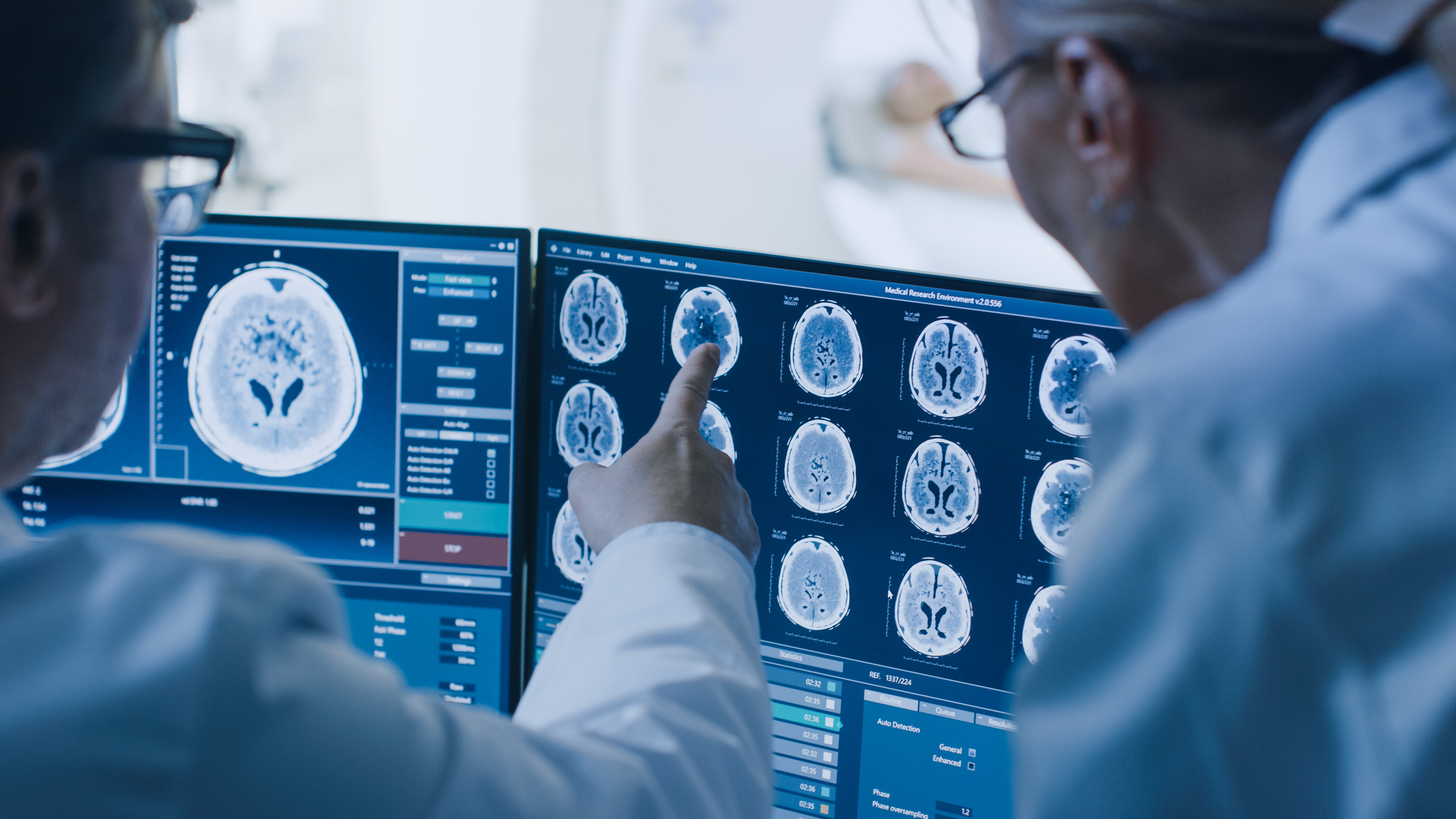In the first of a five-part series on the vital role of AI in radiology, we look at why an integrated approach to AI is essential for streamlining radiology workflow, getting valuable insights to downstream care teams, and improving patient outcomes.
Nearly every patient story starts with an image. In fact, 80% of all hospital and health system visits include at least one diagnostic imaging study. Prompt, accurate imaging results are essential for determining appropriate care pathways, and any delay can have a dramatic impact on patient outcomes.
Diagnostic imaging is integral to most healthcare journeys. But with increasing patient volumes, staffing shortages, and burnout among radiologists and other clinicians at an all-time high, the need for AI in radiology has never been greater.
AI is the key to enhancing medical imaging and extracting diagnostic insights from vast quantities of data. It frees clinical teams from the distractions, interruptions, and delays that get in the way of staying focused, moving quickly, and working smarter.
In this series of blog posts, we’ll explore how augmenting your imaging efforts with AI brings new levels of clinical intelligence and insight. Let’s start by looking at why an integrated strategy for AI in radiology is so important.
The power of AI in radiology
AI offers radiologists a steady companion and “co-pilot” that can help in three key areas:
- Automate what radiologists can’t stand: AI takes care of the mundane, tedious, time-consuming, and repetitive tasks that contribute to burnout and inefficiency.
- Surface what radiologists can’t see: AI can see things humans can’t and expose timely and relevant information.
- Identify what radiologists can’t miss: AI can spotlight ancillary and subtle findings while supporting quality assurance and safety initiatives—helping ensure patients don’t fall through the cracks.
Over 90% of radiology reports are generated with AI technology, largely through speech recognition driven by natural language understanding models. AI is already deeply integrated into the tools radiologists use every day, its continued evolution is creating a more complex landscape for radiologists to navigate while keeping pace with rapidly increasing imaging volumes and technology advancements.
Navigating an evolving imaging AI environment
Finding a path through the crowded AI market can be overwhelming, making it difficult for radiologists to unlock the full potential of AI. There’s a complex patchwork of imaging AI services—some acquired and deployed by radiology, some by other specialty departments—all with multiple integration points that create headaches for IT and security vulnerabilities for the organization.
What’s more, many of these solutions are delivered and consumed in a piecemeal approach that adds complexity and effort. So, by adding further steps to radiologists’ workflows, the “solution” becomes part of the problem.
Radiologists need a single, streamlined, end-to-end AI experience that simplifies access and usability by seamlessly integrating with existing radiology workflow and reporting systems.
An integrated approach is essential
Nuance’s comprehensive portfolio of diagnostic solutions uses AI to deliver the right study to the right radiologist at the right time, integrate AI findings into the report, drive clinical decision support, and extract follow-up recommendations. The solutions also integrate directly with EHRs and other clinical and non-clinical systems to streamline radiology workflow and get faster, more valuable insights to downstream care teams.
Nuance already delivers AI at scale. And now with the Precision Imaging Network, we’re extending the value of our diagnostic portfolio to realize the full potential of AI. What’s really exciting is connecting people, technology, and information across the care continuum through a unified platform. This integrated approach, with a single point of access, is the key to generating content-rich, accurate, high-quality report data that enables downstream clinicians to detect disease earlier, respond and intervene faster, and inform more precise treatment options that improve patient outcomes.
Next time: Using AI to automate what radiologists can’t stand
In our next article, we’ll examine how advanced AI services can reduce the administrative burden of radiology reporting to alleviate burnout while helping radiologists reach new levels of accuracy, quality, and performance.







